
Last week, I did something that surprised me.
I voluntarily went into the office on my day off. I had made some holiday bread to share with my colleagues. Bringing this and my dog to the office would spread some holiday cheer.
My visit only lasted about 45 minutes. I had a lot of fun visiting with my colleagues and sharing one of my holiday traditions with them.
After this visit, I reflected on how far my life has come.
A year ago, I could have never imagined going to work (for fun) on a day off. At the time, I was struggling with work-induced burnout. I couldn’t even think about work without having a panic attack.
The biggest change in 2019 was that I began to work part-time. Working 3 days/week had significant downstream effects for us. The extra time allowed us to both improve our quality of life and stimulate our personal growth.
This weekend, we sat down together to reflect on our finances, what we learned this year and our goals for 2020. We’d love to share our most important reflections with you.
2019 Financial Update
We originally thought that my choice to work part-time would impact our finances significantly. The impact was much smaller than expected.
Savings Rate
Our approximate savings rate for 2019 is 56-58%. The actual percentage will depend on the amount of Corey’s year-end bonus.
Your savings rate is the most important metric to track when pursuing financial independence. This is the amount of household income that is dedicated to savings. It is directly correlated to the length of your mandatory working career. The higher your savings rate, the shorter your mandatory working career.
Savings Rate = Savings / Household income (after taxes)
Our savings rate is down slightly from 2018. In 2018, it was around 60%.
It was surprising me to learn that I could take a 50% pay cut, and we’d only decrease our savings rate by 2-4%.
This will make more sense when we share more about our income and expenses.
Income
Our income went down in 2019. Surprisingly, it only went down by about 5%.
I took a significant pay cut this year to work part-time. At the same time, Corey was promoted. He received an increase in salary that almost made up for the difference.
The vast majority of our income still comes from our day jobs.
The only income outside of our day-jobs this year was from our parking space. We continue to rent out our second parking space for $200/month. This provides us with $2,400/year of passive income.
Expenses
The other part of this equation is expenses. Our income went down this year, but our expenses went down as well. In fact, we spent 16% less than we spent in 2018.
The budget categories with the largest changes include:
- Home Improvement: We spent $3300 less than in 2018. We had fewer home repairs needed this year, but we also DIYed many of the projects needed.
- Charitable Giving: Unfortunately our spending on charitable giving went down by $2,000. We attribute this to the fact that I resigned from a nonprofit board earlier this year. This was my annual contribution to this nonprofit, and I haven’t decided where else to allocate it this year.
- Travel: We spent $1700 less on travel this year. Through the strategic use of travel rewards, we traveled more than we did in 2018 and spent less.
- Out-of-pocket Medical Costs: We spent about $1,000 less in out-of-pocket medical costs in 2019. I attribute this to being healthier. In 2018, during my episode of major anxiety and depression, I had at least 2-3 medical appointments each week. In 2018, I also had physical therapy and surgery to repair a pinched nerve in my foot. Luckily, in 2019, things have been much improved on both fronts.
We spent less money in other categories as well. These included groceries, entertainment, restaurants, and utilities. Since we focused 2018 on reducing our spending in those areas, we didn’t expect to see as large of a change.
Net Worth
Our net worth increased by 18.5% since January 1, 2019. This increase would have been even larger. We previously overvalued equity of a business, and at the beginning of 2019, we decreased the paper value. Even with this, we still saw a large increase in our net worth.
The two main drivers of this increase were our high savings rate and the stock market’s strong rate of return. As of today, the S&P 500 has just over a 30% YTD return.
Tracking our net worth allows us to monitor our progress toward building wealth over time. While financial activities like savings rate, income, and expenses are helpful for monitoring your progress within a particular time frame, net worth spans a much larger tie period. It’s also a single metric that gives you feedback on your financial progress.
We are typically fans of tracking what you can control (like savings rate) and ignoring the rest. Net worth is the one exception. We celebrate net worth milestones to stay engaged in wealth building along our path.
Our Invested Assets as a Percentage of our FI Target
Financial independence is often defined as having 25-33 times your annual income saved in investments. Having this amount saved allows you to safely withdraw 3-4% of your portfolio each year. If you can cover your living expenses with this amount, you won’t deplete your portfolio.
As of right now, we have about 6.5 times our annual expenses invested in various retirement accounts. This means that we are 20% of the way to FI if we decided to use a 3% withdrawal rate. If we decided to use a 4% withdrawal rate, we’d be 26% of the way to FI.
Timeline to Financial Independence
Even though we aren’t focused on reaching financial independence by a particular date, we still like to look at this metric occasionally.
Since gamification helps to increase intrinsic motivation, tracking our “progress bar” is a valuable exercise.
Using a few data points (our investment amount, our take-home pay, and our expenses), we are able to easily calculate* the time it will take us to reach FI.
As of right now, our timeline to achieve full financial independence (if we didn’t change anything) is 8.5-10 years. This means that we would reach FI by the age of 40-42.
*The NPER formula (as described by Microsoft) is used to determine the length of time to reach a future investment amount. If you want to learn more, you can download our free template by subscribing to our newsletter below.
Even though I decreased my income significant this year, it was still a great year for us financially.
Here’s quick recap:
- Savings rate: 56-58% (down from 60%)
- Income: -5%
- Spending: -16%
- Net Worth: +18.5%
- Percentage to FI: 20-26%
- Timeline to reach FI: 8.5-10 years
At the beginning of this year, we thought my decreased income would affect our finances. It impacted us far less than we thought it would.
Things We Learned in 2019
Our finances tell only one part of the story. The freedom to work less without the crush of burnout gave me time to reflect, learn, and grow. Here are our most important learnings from the year.
1. The point of financial independence is not to retire early.
When we first began our journey to FI, our focus was on retiring early. We also wanted to make sure that we lived rich lives along our journey, but we focused primarily on the destination.
Now that I’m no longer burned out, retiring early is no longer my goal. I expect that I will always have some active income in my life because I can make money doing the things I enjoy.
Even though I plan to continue making active income, it’s still important to pursue financial independence. Financial freedom gained along our path to FI gives us increasing amounts of security, flexibility, and freedom. These allow us to design lives we want to be living.
When I first began pursuing FI, I thought there were two options in life:
- Work a full-time job until you are 65, or
- Retire early
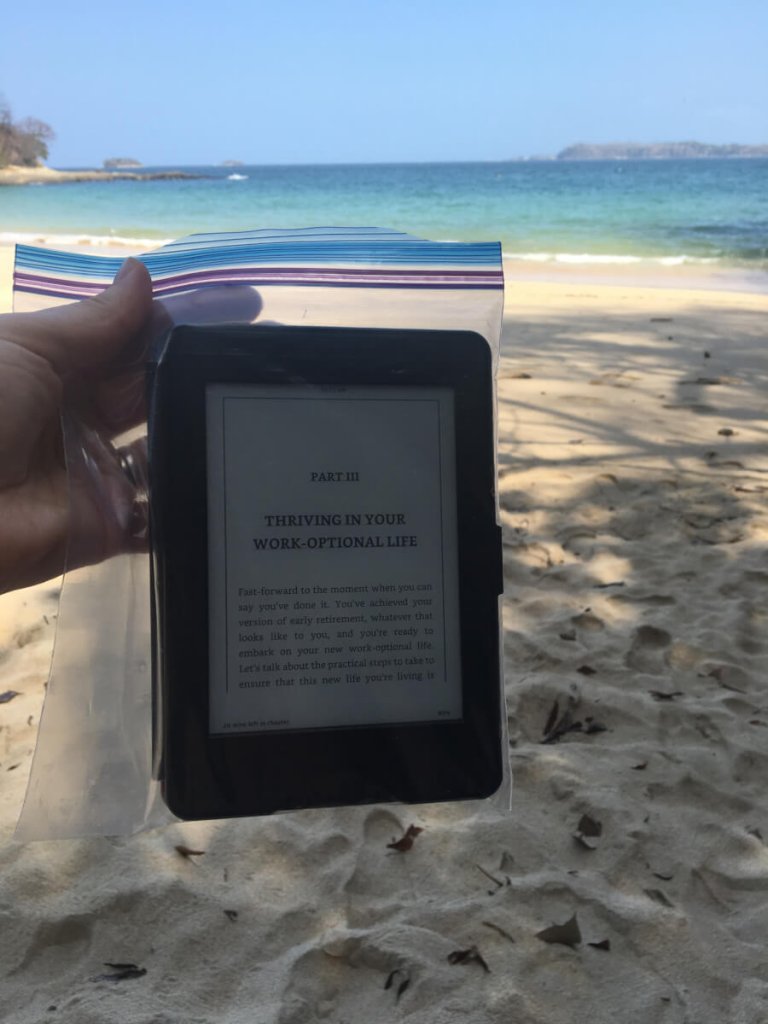
Earlier this year (while on our trip to Panama), I read about the first different, viable (for me) lifestyle design. On this trip, I read Work Optional. In the book, Tanja writes quite a bit about semi-retirement.
Semi-retirement is when you can cover part of your lifestyle with passive income. This might allow someone to work part-time, do work they enjoy, start their own business, or side hustle to cover the income that they need.
My original goals for why I wanted to achieve FI were:
- The ability to travel for extended periods of time
- Focus on my health and well-being
- Pursue creative passions
- Make an impact on the world around me
When I learned about semi-retirement, I realized that I didn’t need to retire early to realize these goals. My goals only required a more flexible environment, more time, and location independence.
I could achieve these lifestyle shifts long before achieving full financial independence and retiring early.
2. People pursuing financial freedom have unlimited options
Once I learned about semi-retirement, it felt like the world opened up for me. I began to hear about people in the FI community who were living their lives in unconventional ways. AND they were doing it before achieving financial independence.
This led me to start the Slow FI interview series. In these interviews, I connect with people who are writing their own life script along their road to FI.
I’ve had the opportunity to connect with a variety of people with unique and interesting lives. From these interviews, I’ve learned about countless different lifestyle design options, including:
- Finding a job you enjoy more (even if it pays less)
- Negotiating a remote work arrangement
- Taking a mini-retirement
- Working fewer hours
- Traveling the globe nomadically
- Becoming self-employed and/or freelancing
- Starting your own business
- Pursuing your passion as a side hustle
- Working for part of the year and traveling for part of the year
- Becoming a stay at home parent
- Traveling full-time in an RV
Some people do one or many of these. It’s exciting to see how many options there are as I figure out what I want my own life to look like.
3. Working less does not mean you’ll spend more.
People often assume that early retirees will spend more than when they were working. Because they have more time, people imagine that they’ll go out and spend more of it.
While we haven’t retired early, we have found that more time allows us to spend less. When we both worked full-time, we spent significantly more money. We’d eat out frequently. We’d buy things and pay for convenience without a second thought.
I’ve come to learn the connection between time and money in a new way. Working less allows us to spend less. This, in turn, allows us to continue working less since we don’t need as much money to live on. This has become a virtuous cycle.
4. Prioritize time and energy on the things that are most important to us.
This is one of Corey’s insights from the year. Corey is always full of ideas. He’s been the catalyst for investing in real estate. He has ideas for how he wants to build up various side businesses as well (besides the blog).
At the same time, he enjoys his job and has found it to be fairly demanding. So, he’s learning to focus his time and energy on the things that matter most to him.
Right now, he wants to primarily focus his work energy on his day job and our blog. We will continue to save for a rental property but have decided not to buy anything yet. Once he no longer wants to focus on his career, he can focus on building up other side hustles.
In a society that applauds busyness, it’s important for us to slow down and focus on the things that we care about.
2019 Expanded our Horizons
2019 was a tremendous year of growth and transformation for us. We expanded our horizons and broadened our perspectives. We now know that the purpose of financial independence is for us to live a rich and fulfilling life. There are so many options that could provide this for us.
Now that we understand that we have unlimited options, 2020 will be our year to set bigger goals and start to work towards them.
What did you learn in 2019?

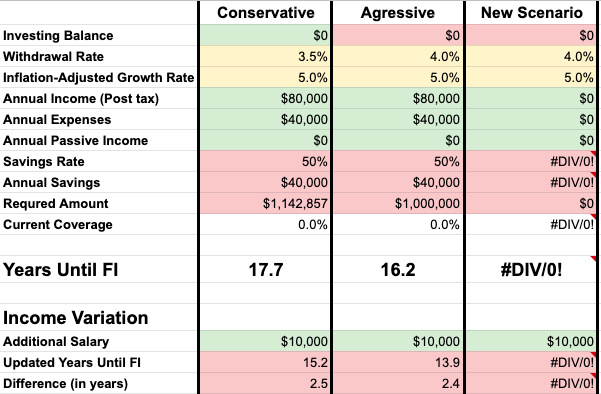

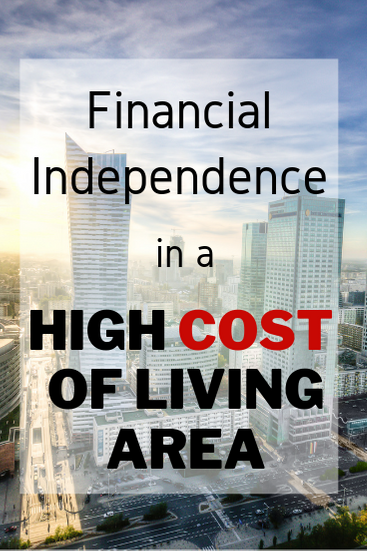
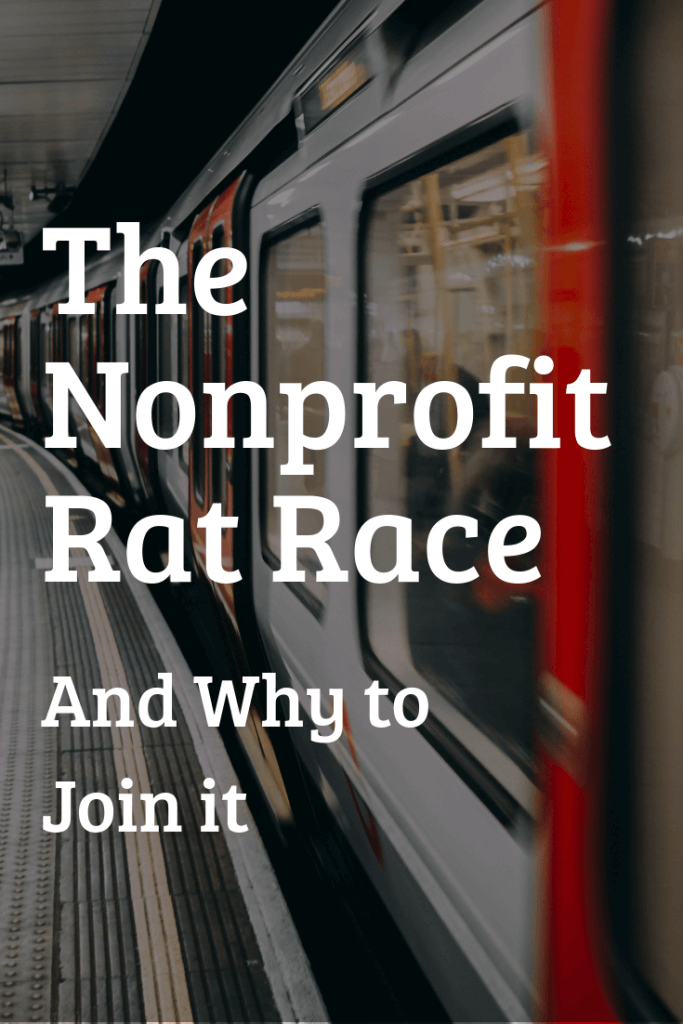

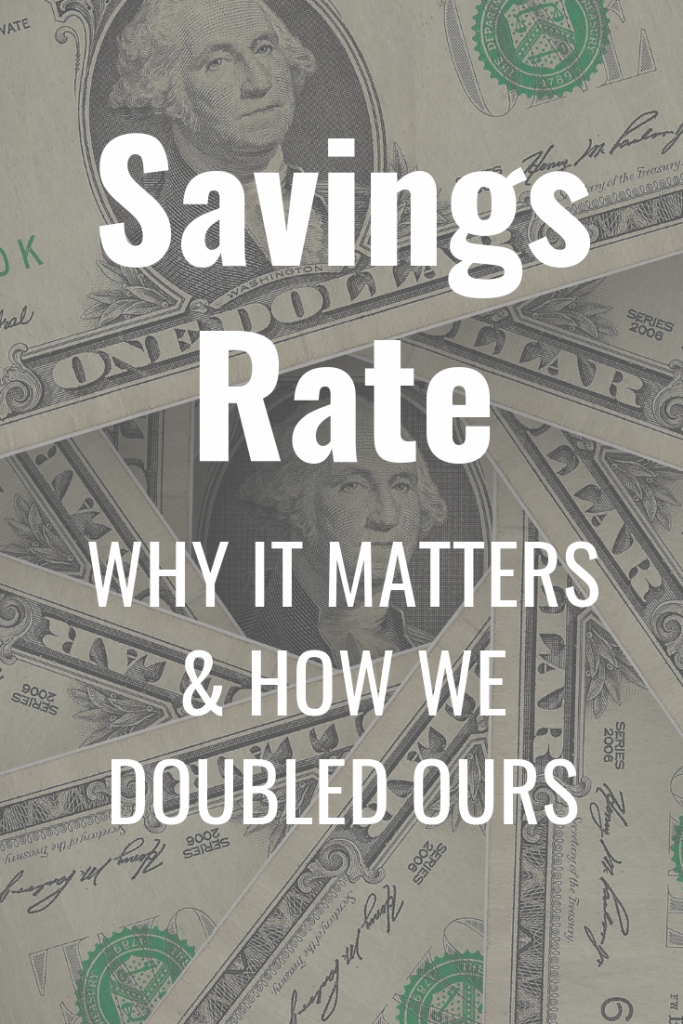

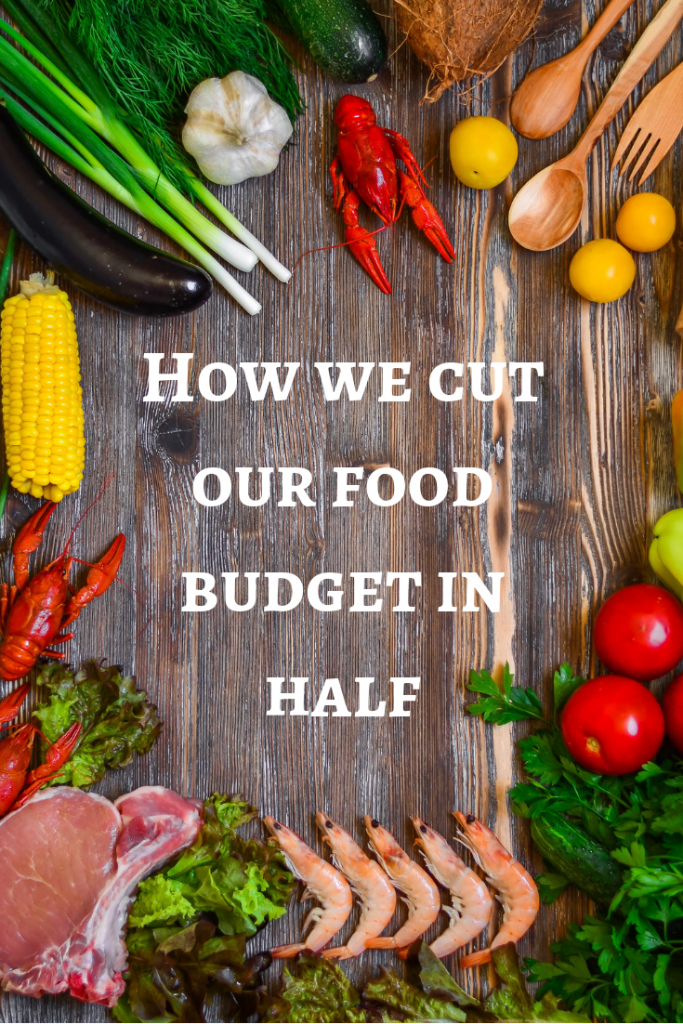


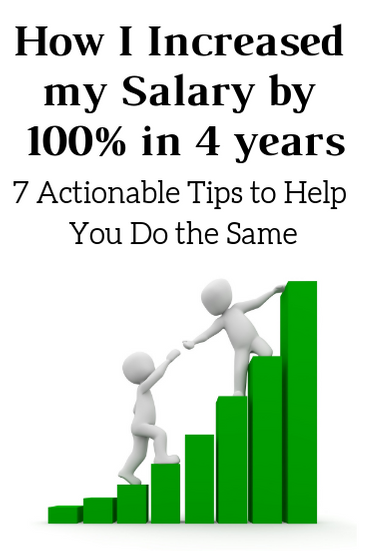
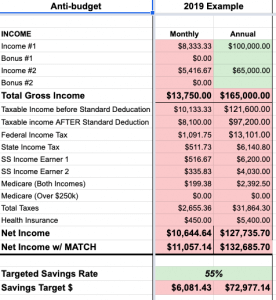

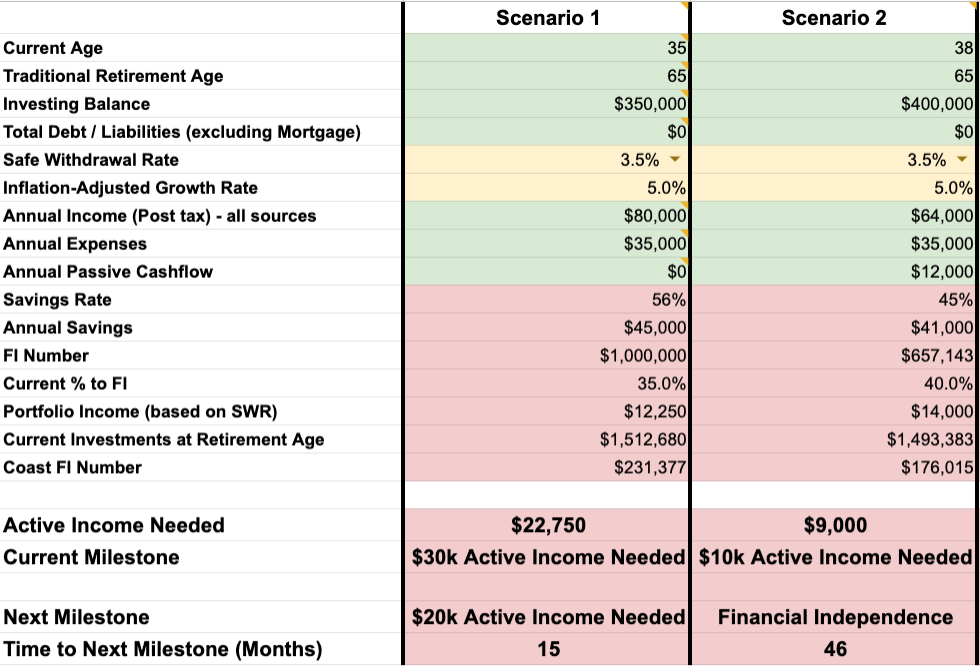
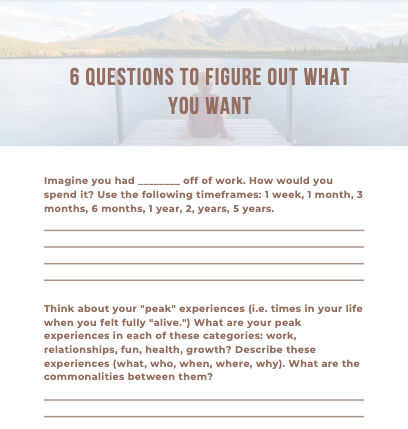

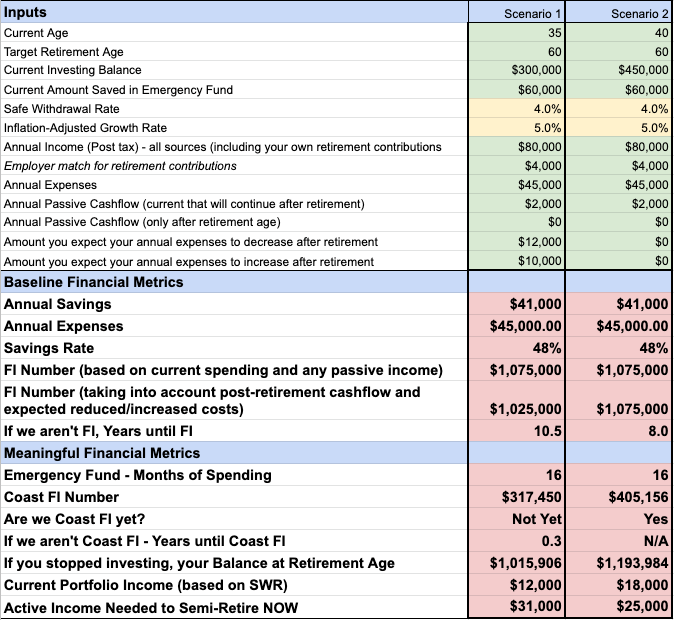
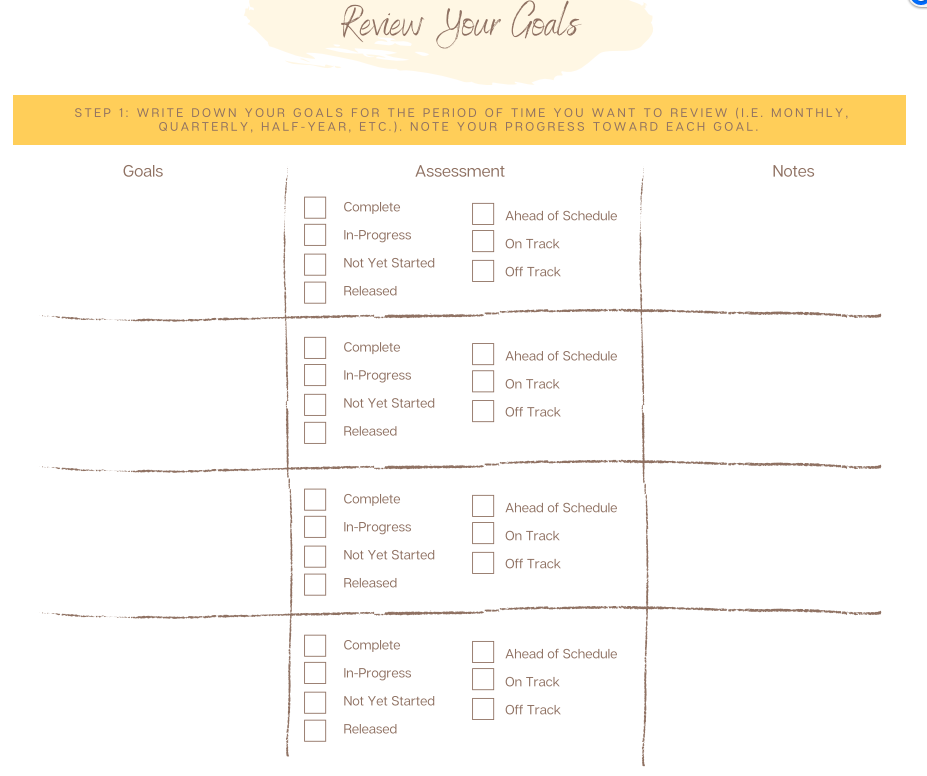
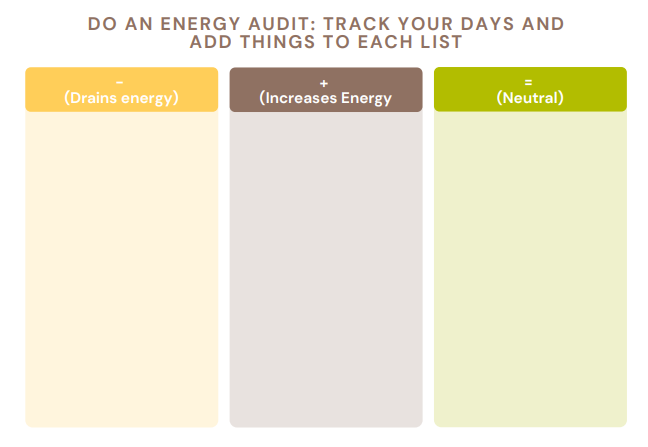
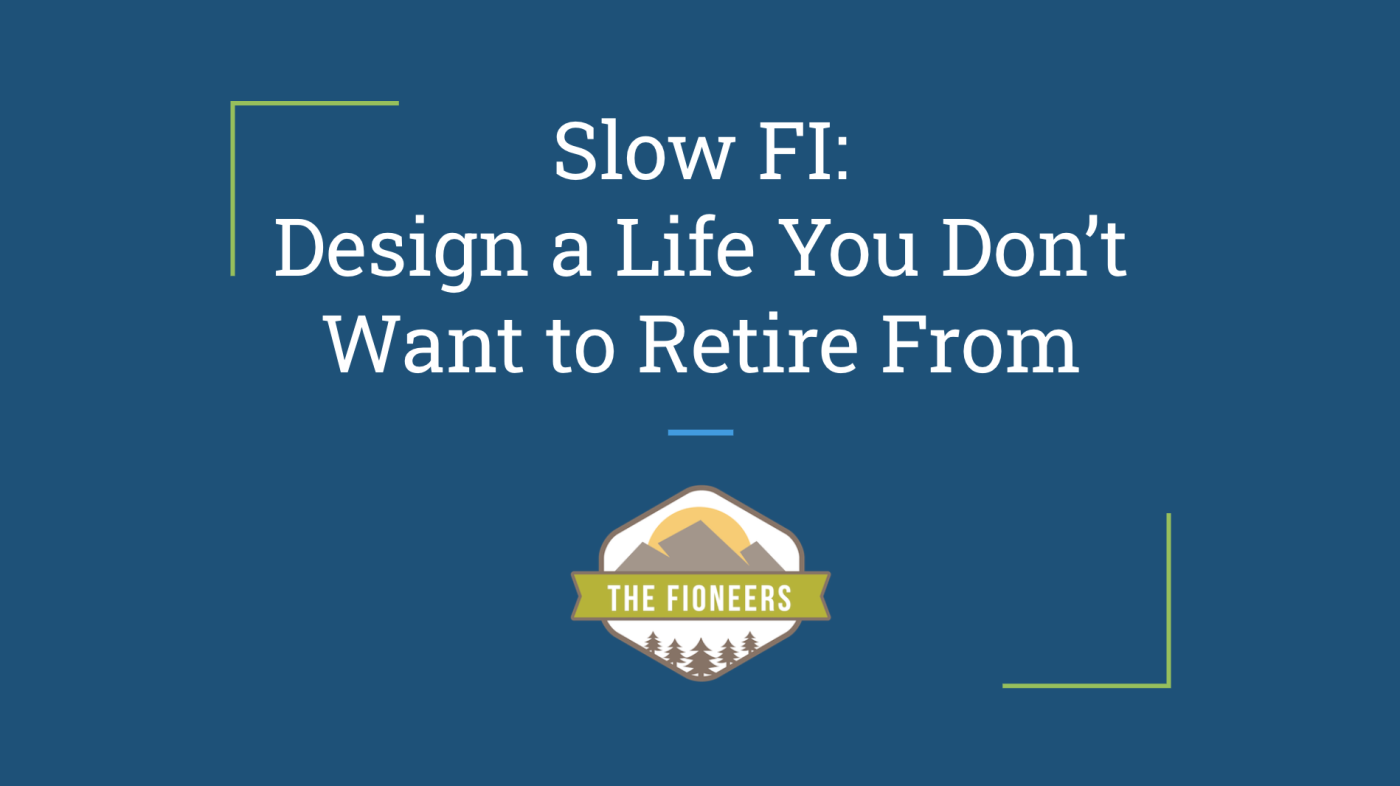
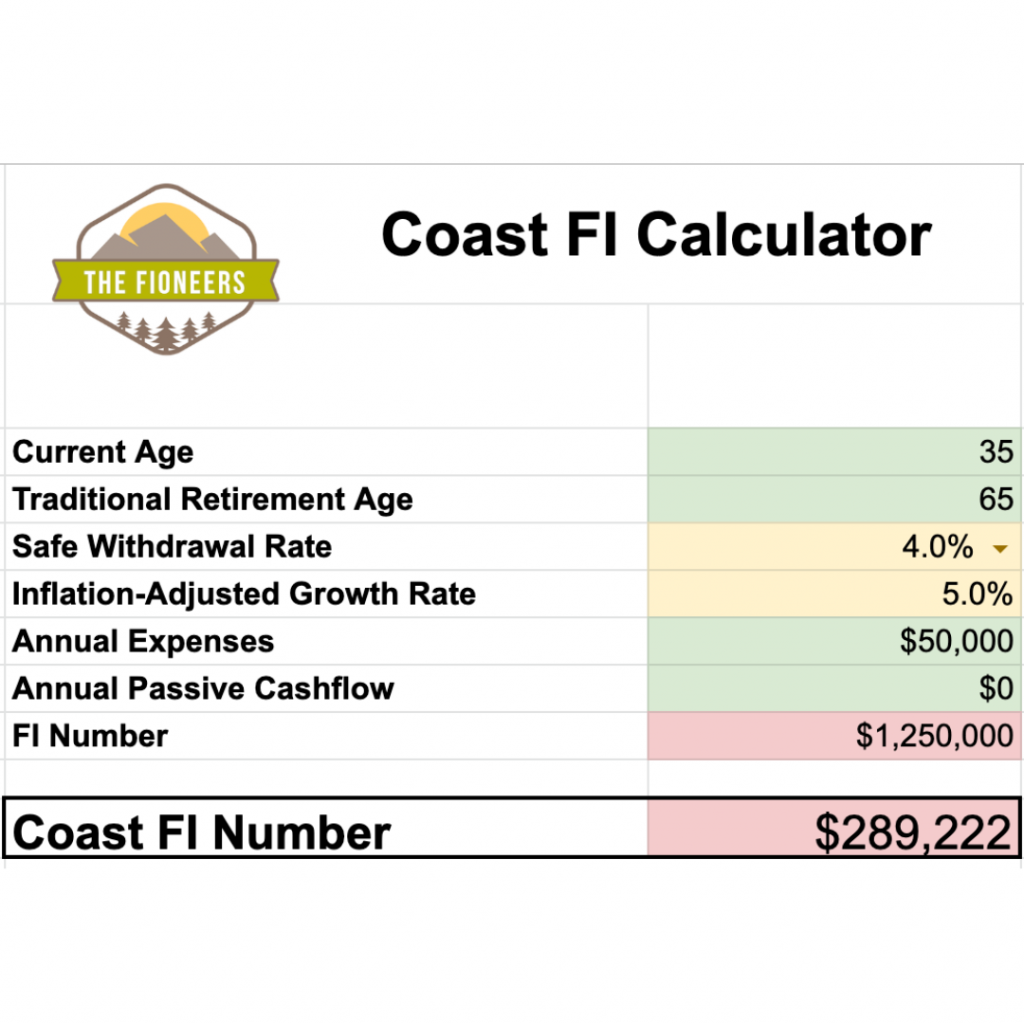



It was a fun year to track net worth. Congrats on the great year! What kind of goals are you setting in 2020?
Hi Nathan,
Thank you! Stay tuned for our 2020 goals in next week’s post!
Best,
Jessica
Love that you’ve calculated your % to FI – seeing that is super motivating. I really should do the same… at least ballpark it.
It’s really fun to track. Like net worth, it keeps us working toward our big goals!
What a terrific year filled with lessons that will continue to enrich your paths for a long time! Thank you for sharing them along the way :), it sure has contributed to some of the changes in how I approach our path to FI.
For myself, 2019 was also linked to Corey’s insight about prioritizing time and energy on the things that are most important to me at various times in my life. It’s an interesting insight to put into practice when you are used to always try to do more. It’s still a work in progress, yet I’ve found the ways in which I have applied it incredibly valuable :).
Hi,
Thank you! It was definitely great to have wonderful friends (such as yourself) to learn alongside of this year.
I wish you all of the best as you move into 2020! I will look forward to continuing to learn with you!
Best,
Jess